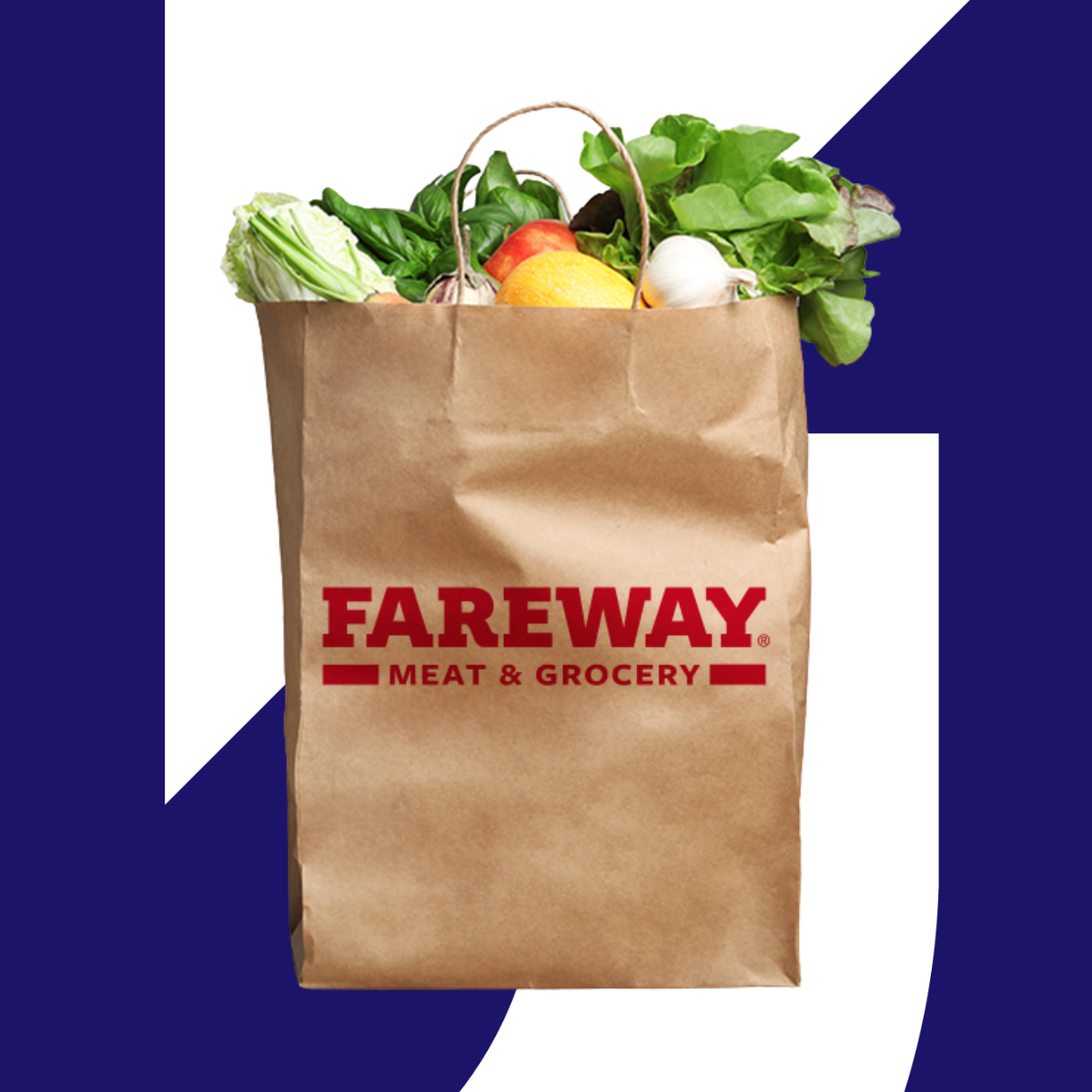Restaurant marketing software: Driving growth in a competitive landscape

The Upside Team
The restaurant industry faces major challenges in customer acquisition and retention. With rising costs, increased competition, and changing consumer behaviors, restaurant operators need sophisticated tools to drive profitable growth. Consumer spending patterns have shifted dramatically, with diners becoming more selective about where they spend their money and increasingly expecting personalized experiences.
Rising acquisition costs make it expensive to attract new customers through traditional restaurant marketing tools. Many restaurant owners find themselves investing in marketing initiatives without clear visibility into which efforts actually drive incremental revenue. The key is to coordinate marketing efforts while maintaining profitability through data-driven decision making.
What is restaurant marketing software?
Restaurant marketing software encompasses digital tools designed to streamline and optimize your marketing efforts across customer touch points. These platforms integrate with your existing operations to provide solutions for customer acquisition, retention, and revenue optimization.
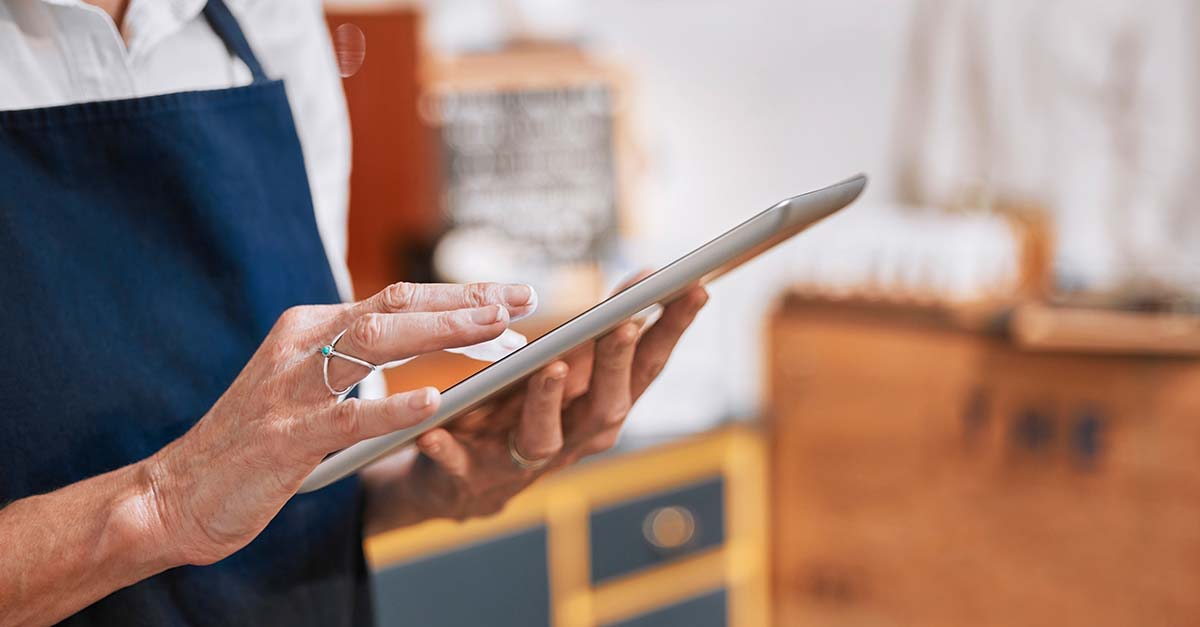
At its core, restaurant marketing software serves as a centralized hub for managing your customer interactions and marketing campaigns. The software typically includes several components:
- Customer relationship management features that organize and analyze customer data.
- Campaign automation tools for email, SMS, and social media management.
- Loyalty program administration that tracks rewards and customer engagement.
- Analytics dashboards that measure campaign performance and ROI.
- Point-of-sale integration that captures transaction data automatically.
How restaurant marketing software works
Modern restaurant marketing platforms leverage transaction data to create detailed customer profiles by integrating with your POS system. The software automatically captures purchase history, visit frequency, average spend, and menu preferences. With this data, it forms the foundation for marketing strategies that target specific customer segments.
Customer segmentation allows you to group customers based on various criteria and create targeted campaigns for each segment. New customers might receive welcome emails introducing menu highlights, while loyal customers get exclusive previews of seasonal offerings. This personalization improves campaign effectiveness compared to one-size-fits-all approaches.
The most effective solutions work with your existing operations without requiring major changes to daily processes. Implementation typically involves connecting your POS system and setting up basic customer segments and automated campaigns. Once configured, the software operates in the background, analyzing customer data and executing marketing campaigns based on your predetermined strategies.
Integration can extend beyond your POS system to include social media platforms, review sites, and third-party delivery services. This approach ensures consistent messaging across channels while providing visibility into your marketing performance.
Benefits of restaurant marketing software for your business
Restaurant marketing software delivers measurable improvements across business operations. The key advantage lies in the ability to make data-driven decisions that impact your bottom line, whether you need to improve restaurant sales or reach new consumers.
Instead of broad marketing campaigns that may or may not resonate with your audience, you can create initiatives based on actual customer behavior. The result? Improved, long-term customer loyalty.
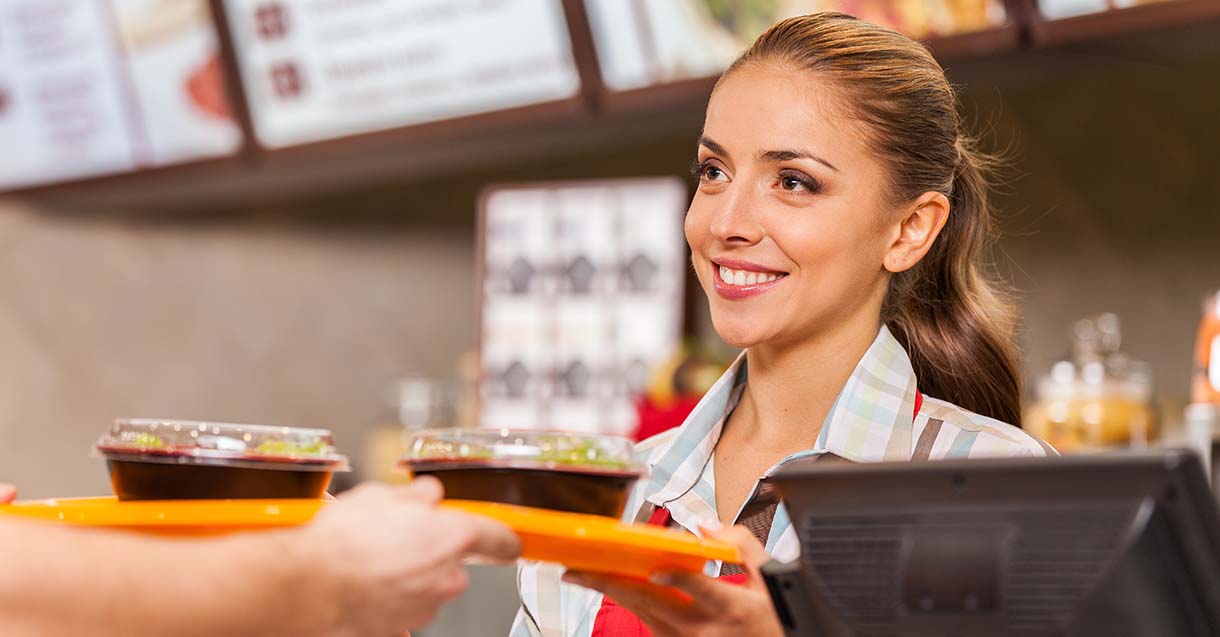
Customer segmentation capabilities
Customer segmentation represents one of the most powerful features of marketing software. You can identify different customer groups based on visit frequency, average spend, menu preferences, and timing patterns. This segmentation enables you to craft messages and offers that speak directly to each group. Frequent diners might appreciate previews of new menu items, while occasional visitors may respond better to value-driven promotions.
Automation features reduce the manual workload associated with marketing campaigns. Once you establish your customer segments and messaging strategies, the software can automatically send targeted emails, social media posts, and promotional offers at optimal times. This automation ensures consistent customer communication without requiring constant intervention.
Revenue optimization
Revenue optimization becomes more achievable when you can track the performance of marketing initiatives. Marketing software provides analytics showing which campaigns drive the most visits, highest average tickets, and best return on investment. So, if you've been asking, 'What is the best marketing strategy for restaurants?' this visibility may have the answer. In addition, analytics allow you to allocate your marketing budget effectively by showing you which strategies are helping you grow restaurant sales.
Customer retention improves when you can identify at-risk customers and engage them. Marketing software can flag customers whose visit patterns have changed, enabling you to reach out with targeted offers before they choose competitors. Early intervention often proves more cost-effective than trying to win back customers who have not returned to your restaurant.
Operational efficiency
Operational efficiency increases as marketing software integrates with your existing systems. Point-of-sale integration means customer data flows automatically into your marketing platform, eliminating manual data entry and reducing errors. This seamless integration ensures your marketing efforts are based on accurate, up-to-date information.
Personalization capabilities help you create unique experiences for individual customers. The software can track preferences, special occasions, and purchase history to generate customized offers that feel relevant rather than generic. This personal touch increases customer satisfaction and encourages repeat visits.
Cost management
Cost management becomes more precise when you can measure the exact return on investment for each marketing initiative. Rather than guessing which promotions work best, you can see definitive data showing customer response rates, incremental revenue generated, and profitability of different campaigns.
The competitive advantage gained through marketing software extends beyond promotional capabilities. You gain deeper insights into market trends, customer preferences, and operational opportunities that inform business decisions about menu development, staffing, and expansion strategies.
Explore how to increase restaurant sales in the long-term with proven marketing ideas for restaurants.
How to choose the right restaurant marketing software
With so many options available, selecting the right restaurant marketing software requires careful consideration of several factors:
- Integration capabilities: Ensure the software connects seamlessly with your existing POS system, payment processing, and other operational tools without requiring major changes to your workflow.
- Ease of implementation: Look for solutions that can be set up quickly without extensive staff training or disruption to daily operations.
- Measurement and attribution: Choose platforms that provide clear visibility into which campaigns drive actual results, not just clicks or impressions.
- Cost structure: Understand whether you're paying for reach, actions, or proven results, and how fees align with your return on investment.
- Customer data security: Verify that the software protects customer information and complies with data privacy regulations.
- Scalability: Consider whether the solution can grow with your business across multiple locations or changing operational needs.
- Support and training: Evaluate the level of ongoing support provided to ensure you can maximize the software's capabilities.
Explore more ideas for how to attract more customers in your restaurant through data-driven decision making, and consider new ways to grow your restaurant business.
How Upside complements your restaurant marketing software
While traditional restaurant marketing software excels at managing customer relationships and campaign automation, Upside addresses a different challenge: driving new customers to your location and increasing existing customers' frequency through personalized cash back promotions.
Upside operates as a digital marketplace that connects your restaurant with nearby consumers at the exact moment they're deciding where to dine. Unlike traditional marketing software that focuses on customers already in your database, Upside reaches consumers who may have never visited your location before.
The key difference lies in how Upside generates incremental profit. Traditional marketing software helps you communicate more effectively with known customers, while Upside uses personalized promotions to influence consumer behavior and drive measurable increases in visits and spending. These promotions are margin-bound, ensuring you always earn more than you spend.
Upside's measurement methodology proves the incremental impact of every transaction using test-versus-control analysis. You only pay when Upside delivers proven, additional profit that you wouldn't have earned otherwise. This profit-share model eliminates the guesswork common with traditional marketing investments.
The platform integrates seamlessly with your existing marketing efforts without requiring operational changes. Customers pay with their usual cards, and Upside verifies transactions automatically.
Ready to see how Upside can complement your marketing software? Our personalized promotions have helped over 65,000 restaurants drive incremental profit without changing their operations. Request a demo to learn how Upside can expand your customer reach and boost your bottom line.
Frequently asked questions
How does Upside work with my existing loyalty program?
Upside complements your loyalty program by attracting new members and increasing engagement among existing ones. Customers can stack Upside cash back with your loyalty rewards, creating additional value without cannibalizing your program's effectiveness.
Do I need to change my operations to use Upside?
No operational changes are required. Upside works with your existing systems, requiring no staff training or new procedures.
How do I measure Upside's impact?
Your personalized dashboard shows exactly which customers and transactions Upside influenced, along with the incremental profit generated. This attribution is verified through our proven measurement methodology.
What if a promotion doesn't drive profit?
Upside's promotions are margin-bound and only activated when they generate positive returns. Our profit-share model means you never pay unless you earn incremental profit first.
Share this article:
The Upside team is made up of data scientists and industry experts who are passionate about delivering empowering content to our readers. With a focus on providing practical insights and meaningful perspectives, we create engaging materials across a wide range of topics. From exploring industry trends and offering expert analysis to sharing useful tips and inspiring ideas, our team works diligently to provide you with the information you need to thrive.
Request a demo
Request a demo of our platform with no obligation. Our team of industry experts will reach out to learn more about your unique business needs.





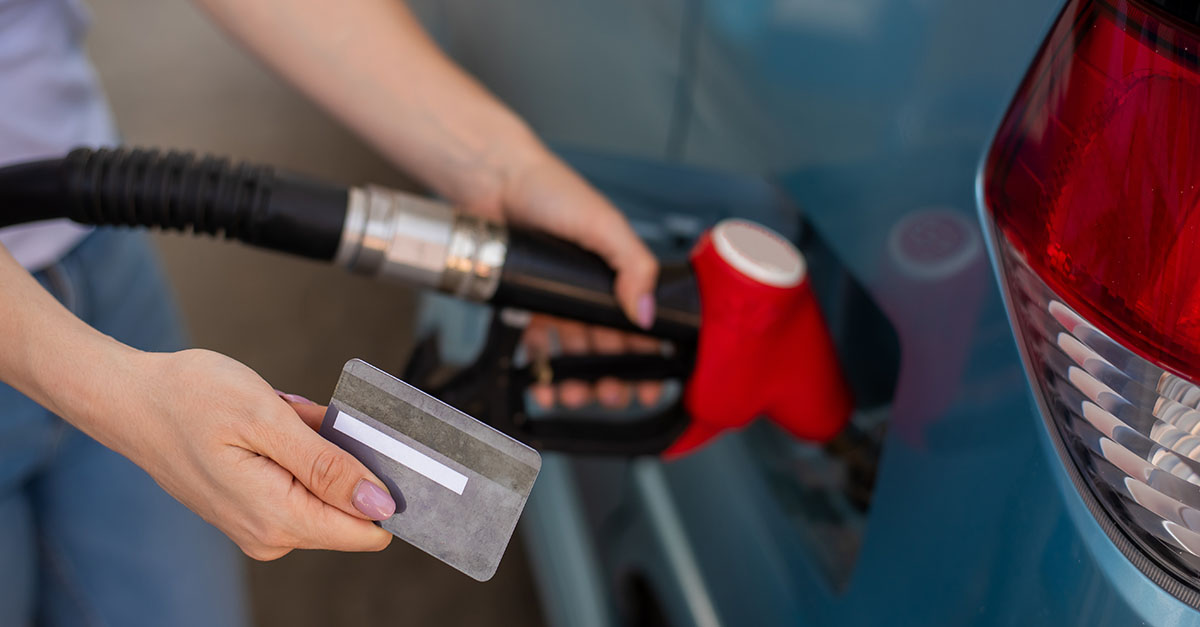

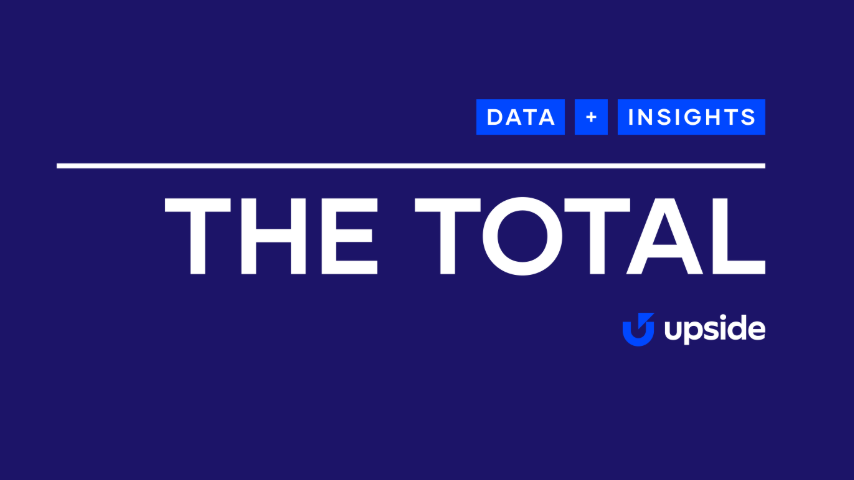

.png)

